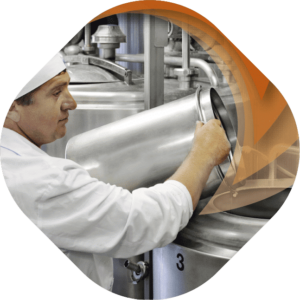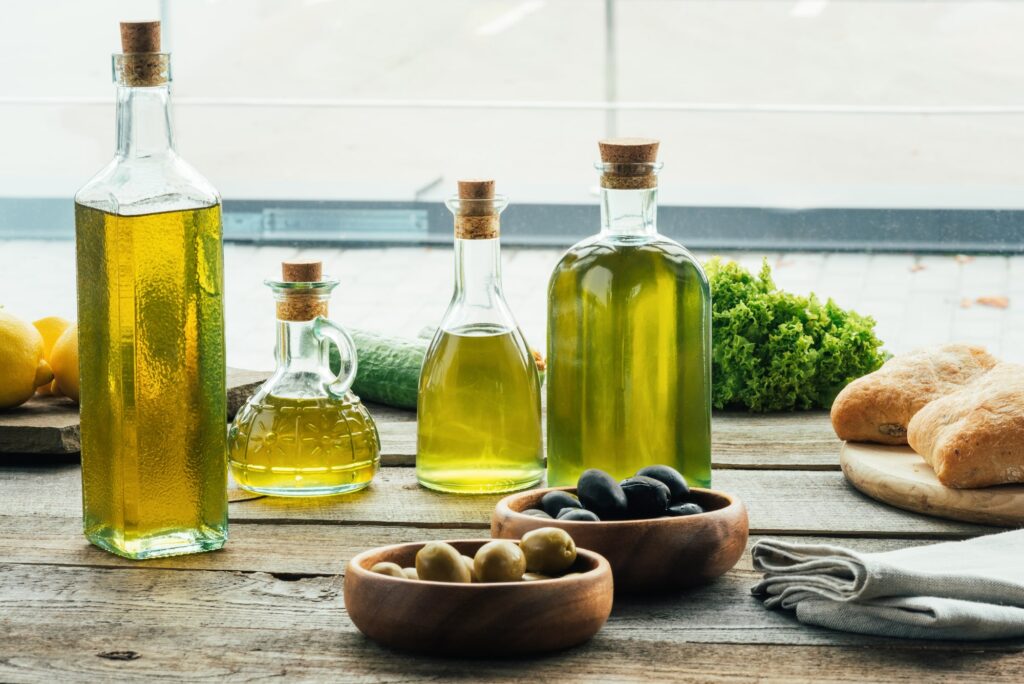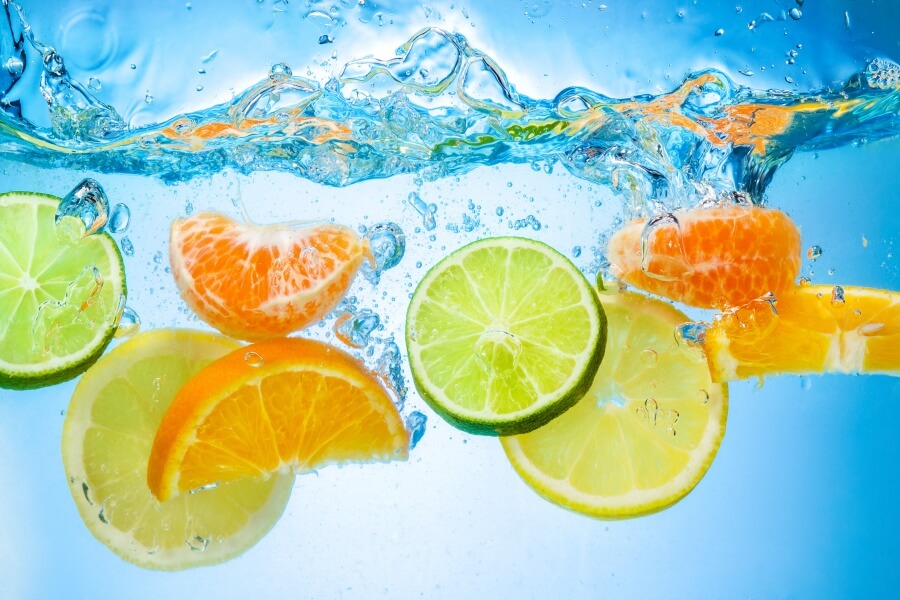
Chocolate
Chocolate is a food made from the fruit of the cacao tree (Theobroma cacao). Raw, unprocessed chocolate has a bitter taste. But when you have chocolate that has been fermented, dried and roasted you soon get the beloved right taste that chocolate is known for.

For the best mixing solution we rely on our process knowledge of more than 80 years and our high quality sanitary design

Market developments of chocolate
The production of cocoa takes place mainly in the tropical zones around the equator. Here the climate is very suitable for growing cocoa trees. About 70 percent of the world’s cocoa beans come from four West African countries: Ivory Coast, Ghana, Nigeria and Cameroon. Ivory Coast and Ghana are by far the two largest producers of cocoa. Together, they account for more than 50 percent of the world’s cocoa. In 2019, Ivory Coast alone produced about 2.1 million tons of cocoa beans. The country is expected to produce a similar amount of cocoa beans in the 2021/2022 crop year. By the way, the production of chocolate is often not done in the countries where cocoa beans are harvested; the vast majority is exported abroad.
The four main countries responsible for producing chocolate in the world are: Germany, Belgium, Italy and Poland. These four countries know how to produce cocoa mass into basically any kind of chocolate. They turn a thick paste derived from cocoa into basically anything chocolate related. Like the traditional flavors of milk, dark and white chocolate. But additionally liquid chocolate and drinkable chocolate. As a result, the aforementioned European countries together also account for more than 40% of the world’s total chocolate exports.
Consumption of chocolate
The use of sustainable cocoa has become hugely important, one of the Dutch instigators of this is the company Tony’s Chocolonely. Tony’s Chocolonely is committed to the sustainability of chocolate production. For example, they ensure that there is fair trade between the farmer and the producers of chocolate. This means that there is a good price for the cocoa the farmer sells. They also ensure that the impact on the environment is reduced and that, among other things, the Tropical Rainforests are no longer taxed for chocolate production.
According to trulyexperiences.com, 67% of consumers who buy chocolate want to know exactly where the chocolate comes from and whether farmers and the environment do not suffer at the expense of obtaining cocoa. Companies such as Tony’s Chocolonely have had a very positive impact on this.
Beverages Applications
Frequently Asked Questions
What is chocolate made from?
Chocolate is made from the fruit of the cacao tree, known scientifically as Theobroma cacao. Raw chocolate has a bitter taste, but once it is fermented, dried, and roasted, it develops the rich flavors we associate with chocolate today.
Where is cocoa primarily produced?
Cocoa is mainly produced in tropical zones around the equator. About 70% of the world’s cocoa beans come from four West African countries: Ivory Coast, Ghana, Nigeria, and Cameroon, with Ivory Coast and Ghana being the largest producers.
Which countries lead in chocolate production?
The four main countries responsible for chocolate production are Germany, Belgium, Italy, and Poland. They transform cocoa mass into a wide variety of chocolate products, including traditional flavors such as milk, dark, and white chocolate. However, they are not cocoa producers themselves; the majority of cocoa beans are sourced from countries in West Africa, such as Côte d’Ivoire and Ghana.
How important is sustainable cocoa production?
Sustainable cocoa production is crucial, with initiatives led by companies like Tony’s Chocolonely. They advocate for fair trade practices, ensuring that farmers receive a good price for cocoa and minimizing environmental impact by protecting tropical rainforests.
What do consumers want to know about chocolate?
A significant 67% of chocolate consumers want transparency about the origins of their chocolate and the conditions under which it is produced. Companies promoting sustainable practices, such as Tony’s Chocolonely, are positively influencing consumer confidence and expectations.
Food & Beverages Contacts

Tom Pruymboom
Sales Director
Area Worldwide

Bart Brouwer
Area Sales Manager
Area Worldwide

Sijko van der Veen
Application Engineer
Technical Specialist
Food & Beverages – Related Articles

Fermentation & Bioreactor Mixing Process
Bioreactors and Fermenters are culture systems to produce cells or organisms. They are used in various applications, including basic research and development, and the manufacturing of biopharmaceuticals, food and food additives, chemicals, and other products. A broad range of cell types and organisms can be cultivated in bioreactors and Fermenters, including cells (like mammalian cell lines, insect cells, and stem cells), microorganisms (like bacteria, yeasts, and fungi), as well as plant cells and algae. The words “Bioreactor” and “Fermenter” are basically the same thing.

How to avoid foaming in your mixing process?
Through years of experience, Jongia Mixing Technology knows the correct application to many mixing processes. So too with mixing processes where the elimination of foaming – which can occur through the behaviour of the recipe – is of great importance.

Tutorial: starch gelatinization – from raw starch to glucose syrup
Around the world, Jongia Mixing Technology has initiated numerous mixing processes using its agitators to produce modifications from raw starch and convert them into usable products. An example of a product where raw starch is one of the constituents is





















